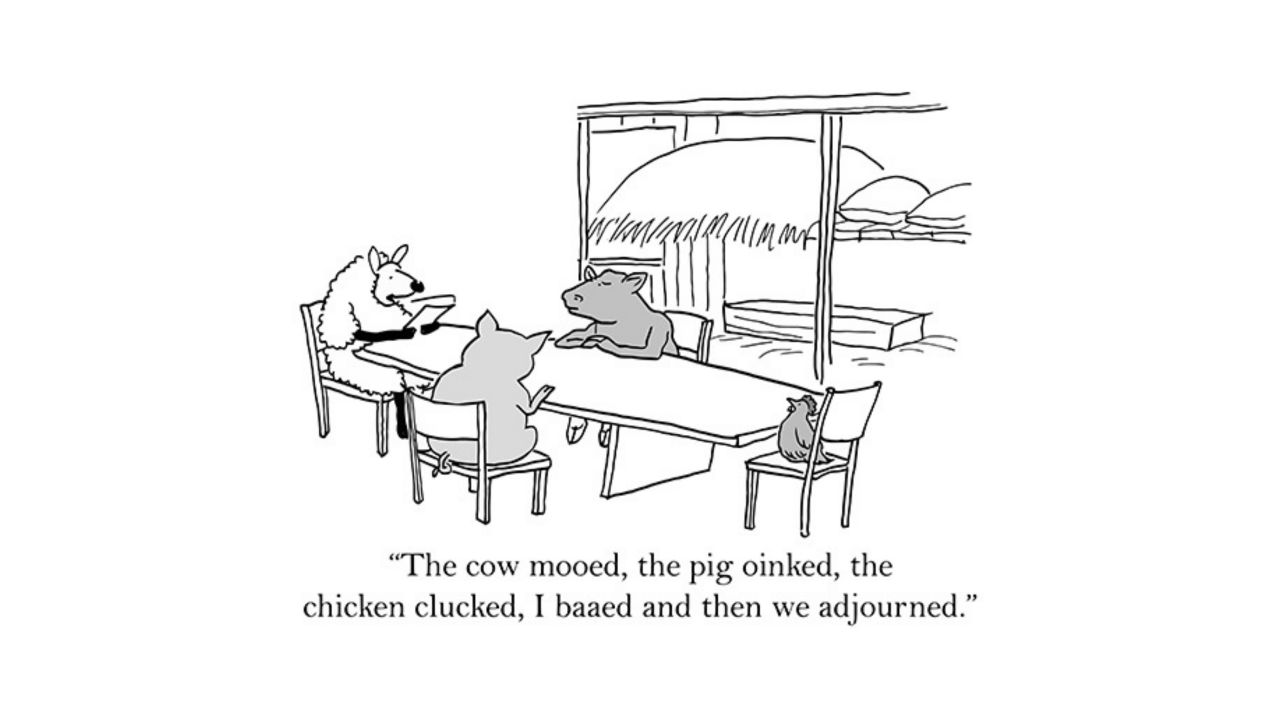Written by Rhonda Metheny on March 17, 2019
Community Association Edition
Believe it or not, your community association is a business. When businesses, particularly publicly-owned businesses with shareholders, conduct meetings, the shareholders have a legal right to know what happened at the meeting. So it is true that your members have that legal right. The question is “What goes in the minutes?” and, more importantly, “What does not?”
It is often difficult to find someone who wants to serve as secretary. Why? Because the task of taking minutes seems daunting. But if minutes are taken correctly, it actually is quite simple and can be done using a template.
Meeting minutes are the official record of the business of the association board meeting. Discussion of what we can do about speeders or crime, whether the community manager is doing a good job…these are discussions and discussions are not “business.” It’s very easy to recognize the “business” that takes place at a meeting. Business discussions ALWAYS start with “I move…” The first motion at each meeting is generally to approve the minutes from the previous meeting. Board meetings are not social events. Unless there is a motion, there should be virtually no discussion and the minutes need not reflect the topic. Look at it this way; if you record or write-down all the discussion that occurs during a meeting, that information becomes a part of the legal record of the meeting and can be used against you at your trial!
Now for the template. First, list the type of meeting—regular board meeting, annual meeting, budget meeting. List the location. Note the time the meeting was called to order. List which board members were present AND who was absent—we don’t care, for minutes purposes, who else was present for a board meeting; only a board member quorum is required. When it comes to reports of officers and committee members, it is not necessary to include the subject matter of the report. The minutes should only reflect, “treasurer’s report was received.” If someone wants to know what the treasurer said, they should have attended the meeting!
When it comes to New Business and Unfinished Business, the secretary (yes, it’s your job to take minutes) should write the exact wording of each motion and who made the motion. Ask them to repeat, if necessary. Read it back, if you want to be sure. Only then should discussion begin (a second is required for some motions). The secretary now may put his or her pen down—don’t record discussion. When the vote is taken, the secretary notes the number for and the number against, indicating whether the motion passed or failed.
After all the business is concluded, there will be a final motion to adjourn. The secretary notes the time the meeting was adjourned. Now, have your social event! But, let’s keep the business portion business.
When there is no secretary available, using this information to simplify the task should make it much easier to find a willing soul to take on the role for the meeting. It is only an arduous task when the minutes-taker thinks he or she must be a speed-writer to ensure every word is written. But this is simply not the case. Ask your management company for a simple, fill-in-the-blanks template to make minutes-taking a breeze.
A community association board secretary (or board president, for that matter) can always benefit from a quick refresher on Robert’s Rules of Order. This simplified version from Cornell University is a good guide.


